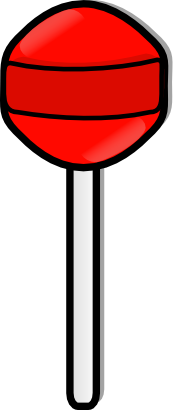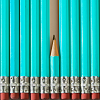Or search by topic
Number and algebra
Geometry and measure
Probability and statistics
Working mathematically
Advanced mathematics
For younger learners
Counting Sweets



- Problem

If you had the same sort of jar at home how could you use that to help you guess? Could a different sort of jar ever be helpful?
What about if you had to guess the combined weight of the sweets in the jar rather than how many there were?
To make this problem harder you could say that there were no more than 1000 sweets in the jar and you decide to make 10 guesses. What strategy might you use when distributing your guesses? How many guesses do you think you'd need to be confident that you had won? What factors would be important considerations in this previous question?
You may also like
What's My Weight?
There are four equal weights on one side of the scale and an apple on the other side. What can you say that is true about the apple and the weights from the picture?
Squaring the Circle
Bluey-green, white and transparent squares with a few odd bits of shapes around the perimeter. But, how many squares are there of each type in the complete circle? Study the picture and make an estimate.


